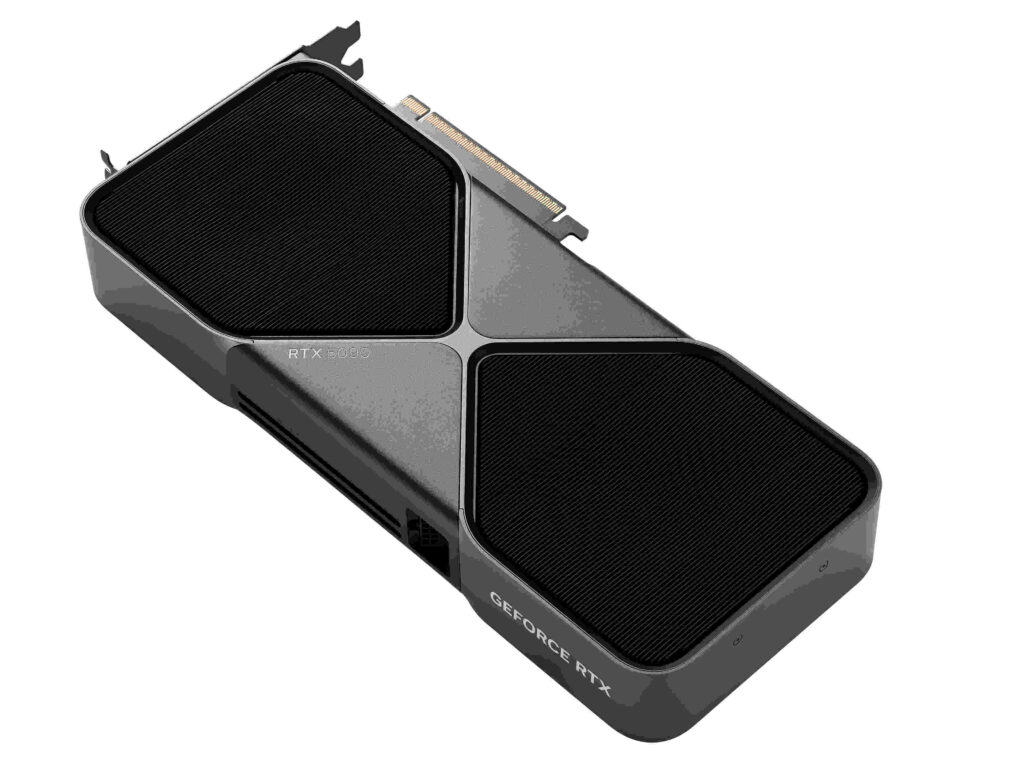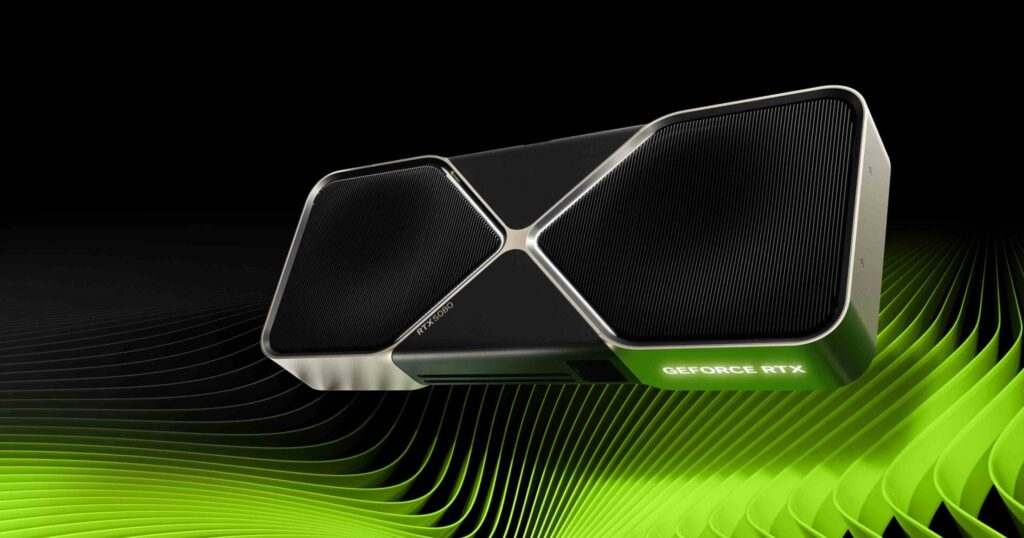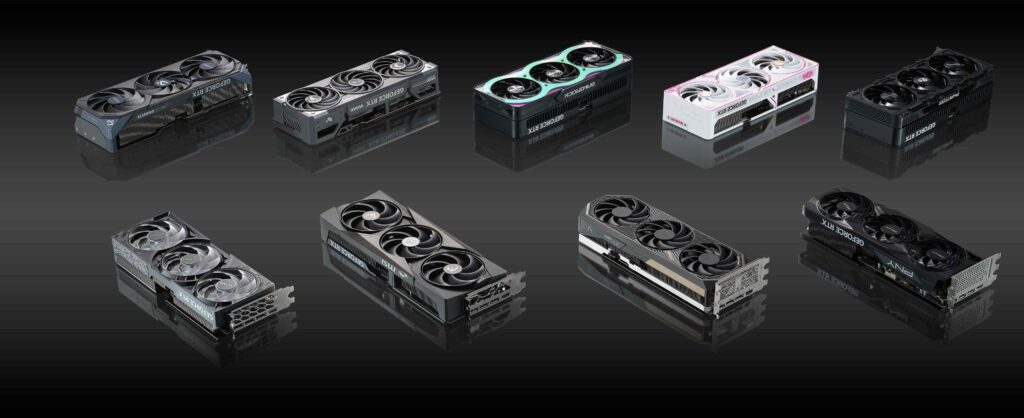The gaming world changed on January 6, 2025, when NVIDIA unveiled its RTX 50 Series graphics cards. These new cards bring better graphics and faster performance that gamers can actually feel in their daily gaming sessions.
NVIDIA’s CEO Jensen Huang put it simply: “Blackwell, the engine of AI, has arrived for PC gamers, developers and creatives.” He’s talking about the brain of these new cards – the Blackwell architecture. Think of it as a tiny but powerful computer chip that makes games look and run better than ever before.
The flagship RTX 5090 packs 92 billion transistors – tiny switches that process information. In real gaming terms, this means games run 30% faster at 4K resolution compared to the previous RTX 4090. Games that used to stutter at high settings now run smoothly.
A major breakthrough comes from DLSS 4, NVIDIA’s clever AI technology. It’s like having an AI assistant that helps your game run up to 8 times faster while looking just as good, if not better. Over 75 games already support this feature, with more coming soon.



The cards also introduce RTX Neural Shaders – technology that makes game graphics look more like high-budget movies. Characters’ faces look more realistic, and lighting behaves more naturally. For streamers and content creators, this means better-looking videos with less work.
Laptop gamers haven’t been forgotten. New gaming laptops with these graphics cards will last 40% longer on battery thanks to improved power efficiency. These laptops arrive in March 2025 from companies like ASUS, Lenovo, and Razer.
The technical improvements are substantial. The cards use new GDDR7 memory running at 30Gbps, delivering 1.8TB/s of memory bandwidth. In simple terms, this means games load faster and run smoother. The cards can even handle 8K displays running at 165Hz – though such monitors are still rare and expensive.
Similar Posts
NVIDIA also improved how the cards handle ray tracing – a technique that makes lighting in games look more realistic. The new RT Cores can process twice as many light rays as before, making reflections and shadows more lifelike.
For competitive gamers, NVIDIA added Reflex 2 technology, which cuts input lag by up to 75%. This means when you click your mouse, the action happens faster on screen – crucial for fast-paced games.
These improvements come at a cost. The $1,999 price tag for the RTX 5090 makes it a significant investment. However, the lower-priced options like the RTX 5070 at $549 offer a more accessible entry point to this new technology.
The impact of these cards extends beyond gaming. Content creators can use them for faster video editing and AI-powered effects. The cards’ AI capabilities also help with tasks like upscaling videos and improving webcam quality during streams.
NVIDIA’s RTX 50 Series represents a significant step forward in graphics technology. While the high-end models may be priced out of reach for many, the technological advances they bring will likely influence gaming and content creation for years to come.